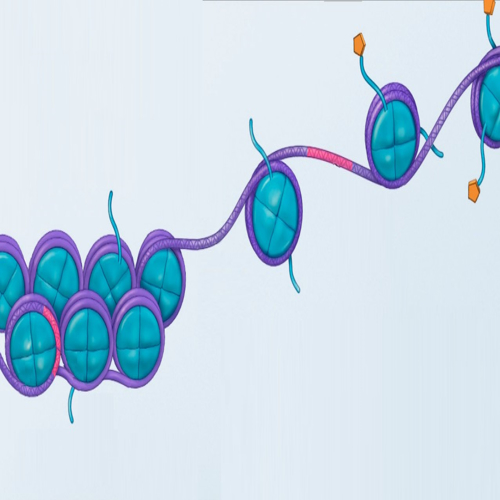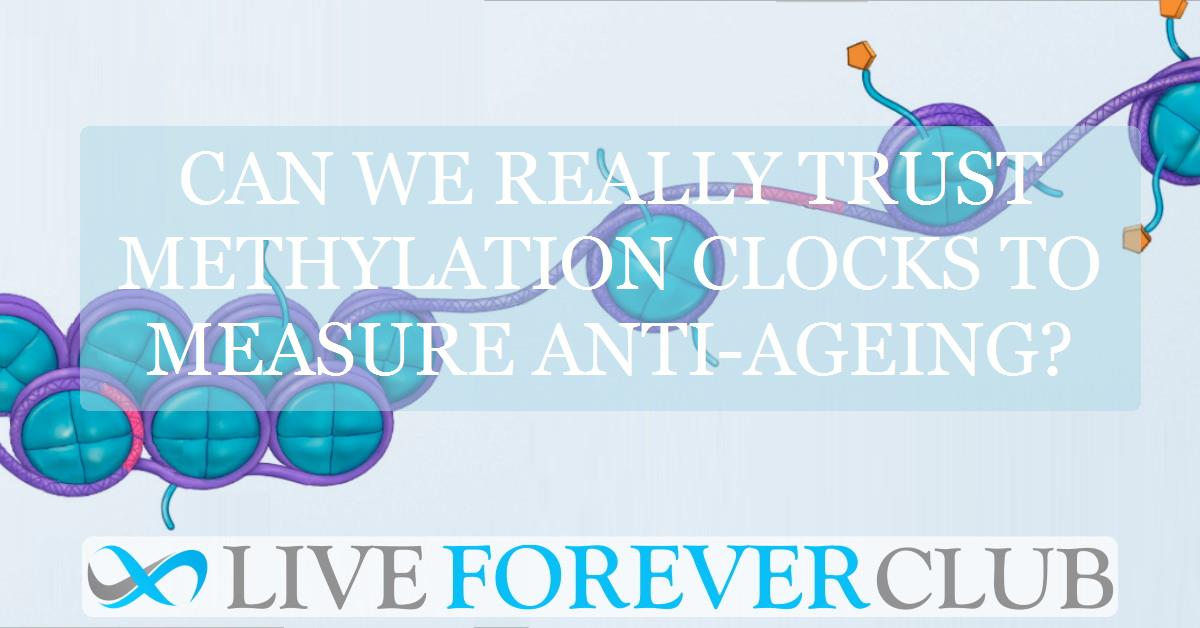Ageing has fascinated and haunted us since the beginning of time. From ancient potions to modern gene therapies, humans have always chased the dream of youth. In today’s world, science offers us more precise tools to understand ageing at the molecular level. Among these tools, methylation clocks have become popular for predicting biological age and testing anti-ageing interventions. But are they as reliable as they seem? The recent paper by Josh Mitteldorf raises serious questions about what these clocks actually tell us.
The promise of methylation clocks
Methylation clocks emerged around 2013 and quickly became a sensation. Scientists could now estimate biological age without waiting for long-term survival data. This seemed like a dream come true. You take a blood sample, analyse methylation patterns, and get an age score. If a new treatment lowered this score, researchers assumed it slowed ageing. Investors loved it. Biotech companies started using methylation clocks to market new anti-ageing therapies. But reality is never so simple.
Josh Mitteldorf argues that methylation changes with age are not just a single process. Instead, there are at least two different kinds of changes happening. Some are “programmed” and may actively drive the ageing process. Others are protective, acting as the body's natural response to damage. Without separating these, we risk misinterpreting the clock readings and promoting harmful treatments.
Understanding the two types of changes
According to Mitteldorf, Type 1 changes reflect the body’s self-destructive programmes. These changes might include increased inflammation, loss of tissue repair, or excessive cell death. In essence, they are programmed switches that push the body toward decline. Evolutionary theories often argue against programmed ageing because it reduces individual survival. But Mitteldorf points out that certain mechanisms may serve a larger group or population-level purpose, even if they harm the individual.
On the other hand, Type 2 changes are protective. The body detects accumulating damage over time and ramps up repair mechanisms to compensate. These changes represent the body’s attempt to fight back against the challenges of ageing. When methylation clocks fail to separate these, they mix signals from self-destruction and repair. As a result, a “younger” methylation age might not always mean better health. It might simply mean that the body is suppressing vital repair activities.
The danger of misreading methylation clocks
Many popular methylation clocks, such as GrimAge, integrate changes that reflect lifestyle factors. For example, GrimAge uses data from smokers and non-smokers to predict lifespan. The methylation profile of smokers suggests an “older” age because their bodies stay in a constant state of repair. However, if an intervention reduces this repair activity, the clock may show a lower biological age, even though actual damage persists.
This paradox highlights a big danger. By promoting interventions that reduce methylation age without considering whether they target Type 1 or Type 2 changes, we might end up harming people. A therapy that stops Type 1 self-destruction is beneficial. But a therapy that stops Type 2 repair responses is dangerous. Without clear separation, we cannot trust methylation clocks as solid guides for anti-ageing interventions.
Debunking the idea of random drift
Some researchers suggest that most methylation changes are random, known as “stochastic drift.” This idea supports the view that ageing results mainly from accumulated damage. But Mitteldorf’s study challenges this claim. He attempted to create a methylation clock based purely on stochastic drift using large datasets. The resulting clock showed weak correlation with age. This suggests that true random drift plays a small role and cannot reliably indicate biological age.
Most methylation changes are likely directed and under evolutionary control. This means they follow specific patterns and serve particular functions, either beneficial or harmful. If so, then using clocks built on mixed signals can lead to false conclusions. For example, we might think we are reversing ageing when we are actually disabling the body’s repair systems. The idea of random drift might feel comfortable because it fits classic views of ageing, but evidence does not support it.
The urgent need for better clocks
Mitteldorf’s paper calls for urgent efforts to separate Type 1 and Type 2 changes before using methylation clocks to test anti-ageing therapies. Clocks must focus only on Type 1 changes to truly reflect interventions that reduce harmful ageing programmes. If they continue mixing signals, they risk misleading both scientists and the public.
Many companies and researchers rely on these clocks to promote therapies and supplements. A misleading “younger” score might push people to adopt harmful interventions. Before we claim that a treatment can reverse age, we need to be sure what part of the ageing process it affects. Otherwise, we risk trading genuine health for an illusion of youth.
Final thoughts on methylation clocks and ageing
Methylation clocks hold great promise. They give us a snapshot of our biological state, faster than waiting decades for mortality data. But as Mitteldorf shows, this tool is far from perfect. Without clear understanding and careful separation of ageing signals, we cannot rely on these clocks to guide us toward true longevity.
Next time you hear about a miracle therapy that “turns back your epigenetic age,” think twice. Ask whether it targets harmful programmes or suppresses necessary repairs. The future of anti-ageing science depends on asking the right questions and building better tools — not chasing easy answers.
The study is published in the journal Aging. It was led by Josh Mitteldorf.







